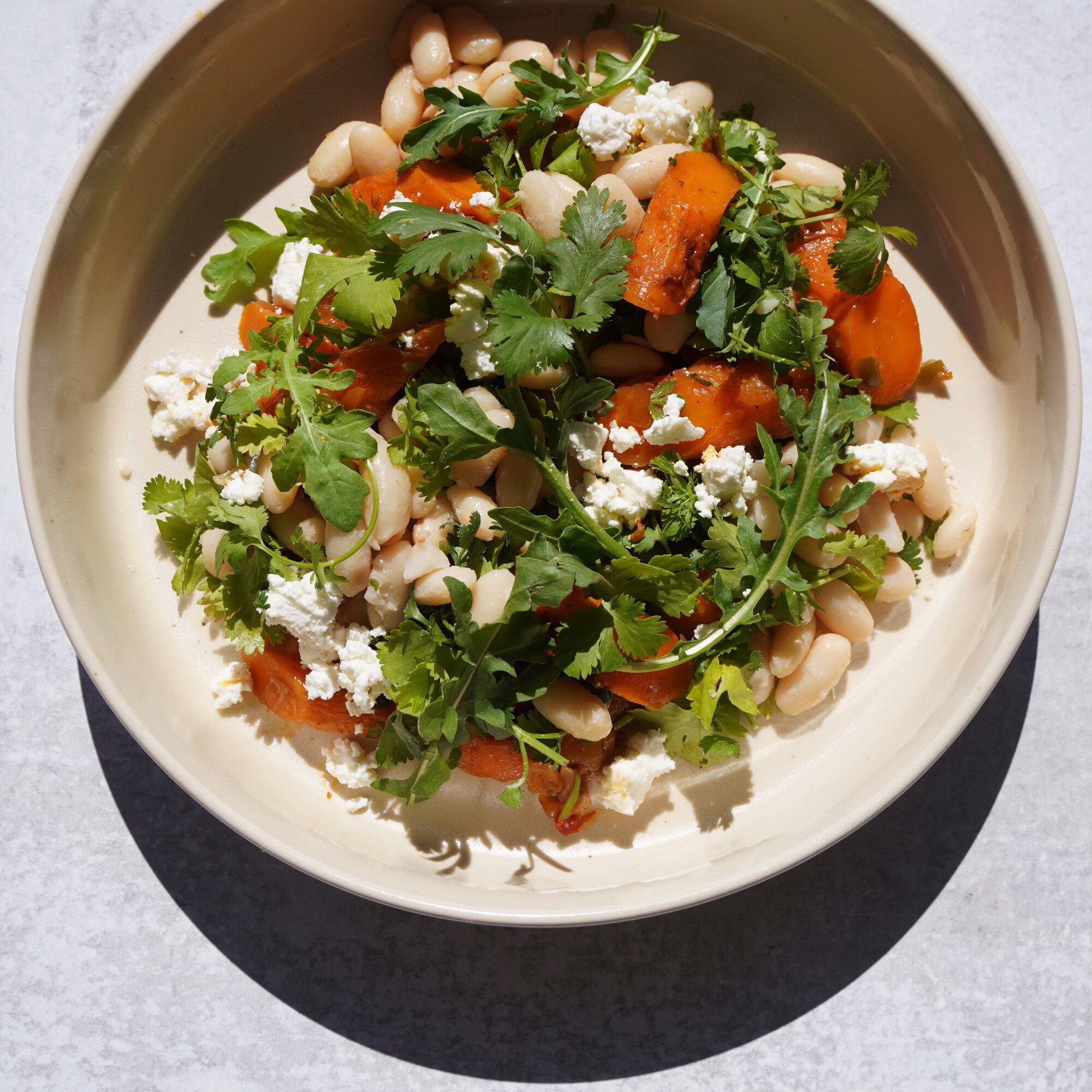Are You Getting Enough Fiber?
Have you noticed that the standard American diet is typically centered around meat and starchy foods, but light on fiber-rich fruits, vegetables, nuts, seeds and ancient grains? Most of us are not consuming adequate amounts of fiber rich foods, which creates whole-body issues that impact our health. Gut health, immunity, metabolism and cardiovascular health are extremely reliant on the nourishment and nutritional diversity that fiber rich foods provide.
Our mission at Golden Roots Kitchen is for our customers and community to be well nourished. In addition to offering deeply nourishing prepared whole foods, we strive to share information to help you better understand the WHY behind what we do . I want to take a deep dive with you to look at what fiber is, how it functions in the body, how much you should be getting per day, and easy steps to increase fiber in your diet today.
What is fiber?
Fiber is simply the part of plant foods that is not broken down by the human digestive tract. It is composed of long strands of sugar molecules that stay intact throughout the digestive process. Fiber serves as a critical aid in blood sugar regulation, bowel movements a healthy microbiome and more.
Fiber is often separated into two categories —insoluble and soluble. Ever wondered about the difference? Most plant foods contain both soluble and insoluble fibers, just in different amounts. Let’s cover this!
Soluble fiber creates a gel- like substance when mixed with water and acts as a sponge that helps collect and remove things that the body doesn’t need; excess hormones, cholesterol, toxins, and waste. Soluble fiber is our ally in improving digestion, reducing blood cholesterol and regulating blood sugar, which can reduce the risk of diabetes.
Insoluble fiber forms up the bulk of stool and attracts water, which makes it easier to pass. Insoluble fiber is important for bowel health and regularity.
Think of fiber as the broom of the digestive tract that helps push and remove all unwanted substances through and out of the body.
The Optimal Fiber Dose
Health and nutrition experts recommend for women to consume at least 25g of fiber per day, and men 30-38g per day. If you know that you’re not consuming close to this amount, it’s important to take a look at how to incorporate fiber into each meal. At Golden Roots Kitchen we always have the health of our customers in mind. Each week you will find plant focused and fiber rich offerings that will ensure you are getting adequate amounts of fiber in your diet. Our nut and seed breads, salads and bean soups are just a few of our favorites that pack that punch of fiber we all need!
Whether you are adding more fiber rich foods or introducing a fiber supplement, be sure that you increase slowly and overtime to avoid gas, bloating and stomach upset — this is common for people who’s systems are not quite used to fiber rich foods. It is also important to increase water intake to ensure you are supporting movement of the fibers through your digestive tract.
Fiber Rich Foods
Keep in mind that processed and refined foods, such as highly processed bread products are not a quality source of fiber. These foods are stripped on the fiber rich germ and bran removed to extend shelf life. Best practice is to consume fresh, whole foods such as; fruits, vegetables, whole grains, and legumes
Some fiber rich plant foods include:
Buckwheat
Sprouted Wheat
Quinoa
Steel Cut and Rolled Oats
Beans
Legumes
Nuts
Seeds
Root Vegetables
Apples
Pears
Apricots
Dates
Figs
Avocado
Ground Flax
Chia Seeds
Psyllium husk
Fiber Supplements
If you find yourself struggling to meet your daily need for fiber, thoughtfully sourced fiber supplements are an option. Although they aren’t a replacement for nutrient dense foods, they can be supportive in filling the gap and ensure you are meeting your daily needs.
I suggest looking for high-quality powder with minimal additives. If you can’t pronounce something or it has unnecessary additives, move on to the next! Look for a product that has a one or a blend of ingredients from fiber rich plant-based sources (flax, chia seed, oats, apple, acacia, ancient grains, psyllium husk).
I hope you find this information helpful to live a more vibrant and nourished life. May you be inspired to increase your nutrient diversity and try new foods! As always, please reach out if you have any questions or are seeking guidance.
Wishing you wellness always,
Mary and the GRK tribe
Mary Smith has her Bachelor’s of Science in Nutrition and Food Science, is a Holistic and Integrative Gut Health Coach and serves as GRK’s in-house nutrition expert and blogger.



